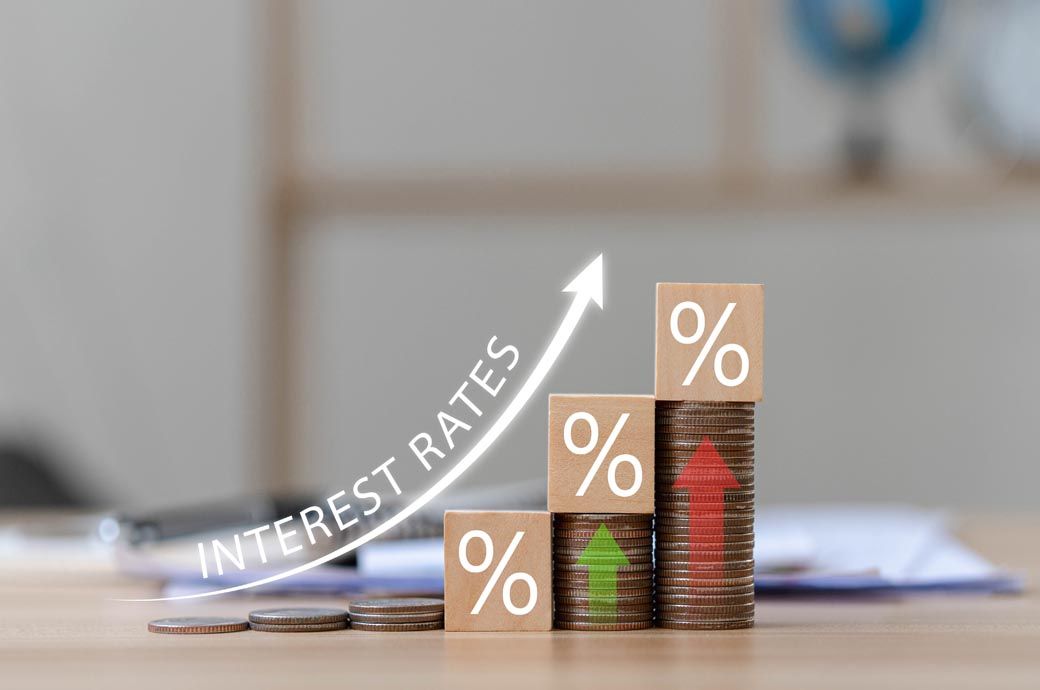The nine markets are Brazil, Chile, Colombia, Hungary, Mexico, Peru, Saudi Arabia, South Africa and Turkiye.
The interest rate differential between emerging markets and the United States is a key driver of capital flows, and it now expects just one 25-bps rate cut from the Federal Reserve this year, compared with three 25-bps cuts in its previous forecast.
S&P Global Ratings has revised upward its policy rate forecasts for 2025-end and 2026-end for nine key emerging markets by 50 bps as a median following a recent change in its policy rate forecast for the United States.
The nine markets are Brazil, Chile, Colombia, Hungary, Mexico, Peru, Saudi Arabia, South Africa and Turkiye.
For emerging markets in Asia, its policy rate forecasts are unchanged.
Central banks in many key emerging markets have been lowering their policy rates for more than a year. S&P Global Ratings now expects these central banks to be cautious about cutting rates, to prevent a rapid narrowing of their countries’ interest rate differentials with the United States.
There are two outliers in the changes it has made to its rate forecasts: Brazil and Turkiye.
Brazil’s central bank has hiked interest rates instead of cutting them like most other central banks, and it has been more aggressive than S&P Global Ratings anticipated. This is because of rising inflation expectations. It now sees the benchmark SELIC rate ending 2025 at 14.75 per cent; it’s currently at 13.25 per cent.
Turkiye’s central bank started lowering rates earlier than S&P Global Ratings anticipated, with inflation continuing to moderate. It expect more rate cuts at the central bank’s upcoming meetings since it is in the early stages of its monetary policy normalisation process, the global rating agency said in a release.
For emerging markets in Asia, its policy rate forecasts are unchanged. So far, central banks in that region’s emerging markets have cut rates only modestly.
S&P Global Ratings believes there is a high degree of unpredictability around policy implementation by the US administration and possible responses—specifically with regard to tariffs—and the potential effect on economies, supply chains and credit conditions around the world.
As a result, its baseline forecasts carry a significant amount of uncertainty.
For emerging markets in Asia, its exchange rate forecasts are broadly unchanged.
Fibre2Fashion News Desk (DS)


